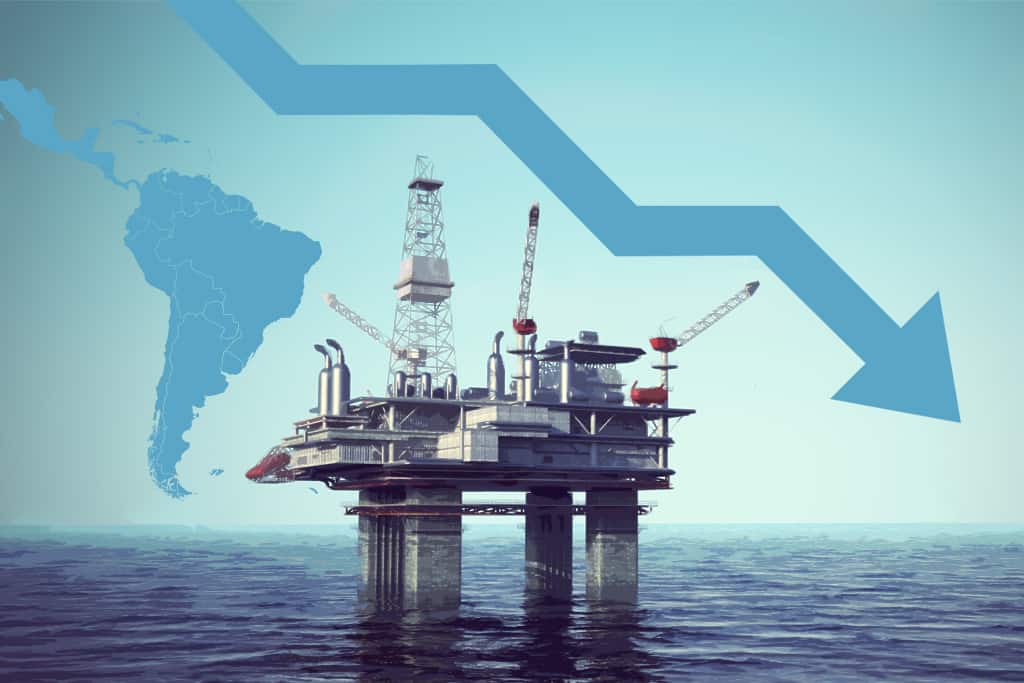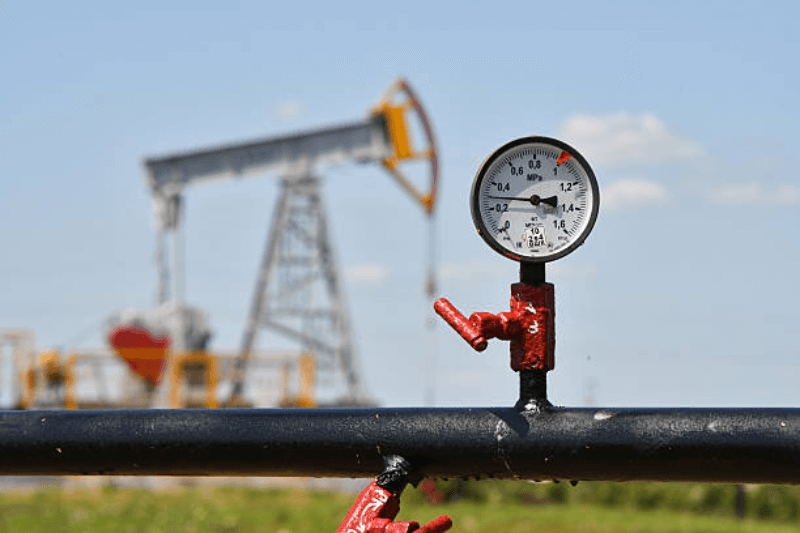
A new report explains how South America improves oil production costs
Last updated on March 10th, 2023 at 11:00 am
One of the factors that helped Brazil to cut the opex is Petrobras, which has replaced its fleet of floating production, storage, and unloading vessels. South America made a quantum leap since 2013, when it was the most expensive region in the world for deep-sea oil and gas production costs. Since then, the average operating expense (opex) per barrel of oil equivalent has more than halved from about $ 26 to $ 12.7 in 2020, a report from Rystad Energy shows. The region also enjoyed the largest drop in costs globally this year, both in absolute terms and percentages.
South America’s deep-sea opex is mainly driven by Brazil, which accounted for about 99% of the continent’s costs from 2013 to 2020. Brazilian state-owned oil company Petrobras alone accounted for nearly 88% of operations in the deep waters of South America. One of the factors that helped Brazil to cut opex is Petrobras, which has replaced its fleet of floating production, storage, and unloading (FPSO) vessels. When the state-owned operator began production on pre-salt docks, it chose to charter most of its fleet, which led to a surge in operating costs. In 2015-2016, the company started ordering other FPSOs but this time owned.
“Looking ahead, we expect deep-sea opex per barrel to remain relatively flat from 2020 to 2021. However, after 2021 we see production costs increase by around $ 4 per barrel, remaining at that level until 2024. with an increase of about $ 1 in 2025”
Matthew Fitzsimmons, Vice President Energy Service Research
The numbers show that Petrobras increased its fleet of owned FPSOs by 16 units, while it reduced the number of leased FPSOs by six units from 2013 to 2020. Eight of the ten courses in Brazil with start-up years from 2018 to 2020 are developed through proprietary FPSOs, while the two remaining fields use leased sections, confirming the country’s shift from companies to proprietary vessels.
Given the current volatility of the market, due to COVID-19 pandemic, Petrobras has also reduced the number of employees by over 22 percent this year thanks to buyout programs. The company expects to achieve a total cost cut of approximately $ 2 billion in 2020 by reducing overheads and giving up unused office space.
Another factor in the reduction of opex in South America is the 55.2% decline in the value of the Brazilian real against the US dollar exchange rate since 2013. That has reduced opex per barrel as costs are incurred in Brazilian currency but paid in dollars. The depreciation of the real therefore helped to offset local inflationary pressures on the prices of general goods and services.Petrobras also increased oil and gas production from 2013 to 2020, pushing opex per barrel down thanks to economies of scale. Globally fields already in production are generally more likely to have a lower peak.
In addition to the factors mentioned above, Rystad energy points out, the portfolio of production fields in South America is rejuvenating, and newer installations require much less maintenance than old oil-fields, which typically have higher operating costs. More than 110 mature fields have been abandoned on the continent in the past eight years, with new camps now accounting for more than half of the total production in South America compared to 17% for very mature fields. In general, the production share of oil-fields that are past half of their lifecycle has dropped dramatically in South America since 2013. It will be interesting to see the cost profiles of Brazil and Petrobras when the decommissioning of more fields begins in a few years old, given the country’s lack of experience in this area.
“Looking ahead, we expect deep-sea opex per barrel to remain relatively flat from 2020 to 2021. However, after 2021 we see production costs increase by around $ 4 per barrel, remaining at that level until 2024. with an increase of about $ 1 in 2025,” Matthew Fitzsimmons, Vice President Energy Service Research at Rystad Energy says.
“The uncertainty inflicted by Covid-19 means that utility companies, operators, and investors will continue to keep an eye on their budgets and steer clear of any unprofitable or high-risk projects in the months and years to come. Due to the generally low and turbulent spot price of Brent, investments and projects that do not meet the cost and risk criteria set by the companies will likely delay this year,” concluded Rystad Energy analysis. Achieving the lowest possible cost per production will therefore be more vital than ever, even though cost reductions such as those seen in 2014-2016 are unlikely as many of the possibilities have already been exhausted. The cost reduction strategies adopted by South America, and in particular Brazil, could serve as a roadmap for other regions and countries in difficulty.”
Also Read:- How guise of ISIS makes the West Flourish in Mozambique




